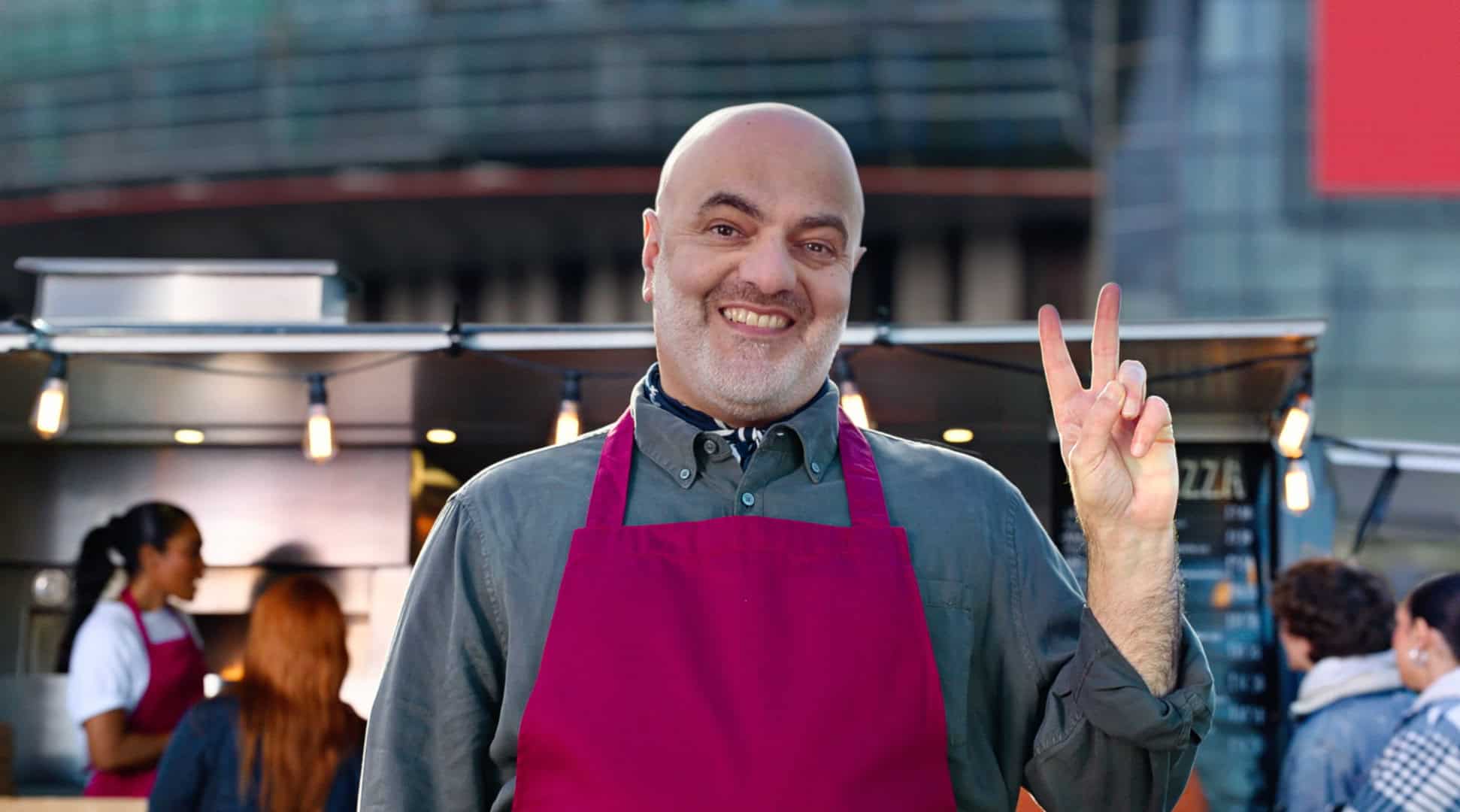According to Campaign’s study, people working in advertising are increasingly seeing their own mental health and wellbeing as the ultimate bottom line. And for agencies, there’s a powerful business benefit too: according to pitch consultant Oystercatchers founder Peter Cowie, clients “can smell happiness as soon as you step into the room”. Which matters, as most clients place teamwork even above creativity as the key reason to work with an agency. Looking after peoples’ health and wellbeing is good for staff, good for clients and good for the business.
AML has had a Head of Wellbeing for a while now – making it someone’s actual job to look after everyone’s health and happiness was clearly the best way to get things done. A ‘culture survey’ by internal comms experts Q&R revealed that although AML was already a good place to work there were still areas where we could improve and Hobie was the ideal candidate; married to a well-known creative she spent the first part of her career as a couples counsellor. Exploring when and why people aren’t happy in a personal relationship, according to Hobie, has a lot of parallels with work relationships; the big difference is that in an agency environment if relationships are in trouble, it’s far easier for people to just leave. Especially for Generation Z who are far less willing to put up with long hours or being stressed or overwhelmed.
Hobie’s job is to make sure AML is building a collaborative culture where people can talk openly, grow in creativity, develop their career and feel valued. In Richard Branson’s words, it’s better to “Train people well enough so they can leave, treat them well enough so they don’t want to”. Regular Q&R survey ‘pulse checks’ give a long-term check on progress, but Hobie tries to have her hand on the agency’s pulse every day. She is the first person everyone sees as they come in in the morning; she is the person people come to for jelly babies when they need a sugar fix; and she even has her red chair where people can sit to ‘chat’ about anything and everything – an opportunity to get away from their desks and screens.
The red chair gets used a lot – not least because Hobie is just a good person to talk to. People come and talk informally about anything, not just when there’s a problem. It’s a pressure valve on a busy day, and a way of talking about concerns before taking it any further. In the sometimes highly pressured advertising industry, relationships can become strained; there is little time to think about how relationships are managed when there is an urgent deadline. And work relationships matter; in a survey conducted by ICM Research on workplace wellbeing, 81% of employees said they valued a good relationship with their line manager. (This was only second to a competitive salary at 83%).
Having a Head of Wellbeing doesn’t mean it’s all Hobie’s responsibility of course. Training for senior people at AML is focused on raising self-awareness and enabling recognition of the differences in people and how to develop empowering relationships. It’s not exactly Bournville (the enlightened Cadbury family’s worker’s village, built in 1900) but AML tries to create a light, friendly working environment (you should see the new canary yellow fridge!). Benefits from life insurance to on-site massage and bike-to-work schemes are in place, and there’s proper support in place if people need it.
Most of all, AML’s independence means the agency can be run for the benefit of everyone who works there – not distant shareholders demanding returns. Having a Head of Wellbeing is a simple way of making clear where our priorities lie – and we think it’s something any business should be thinking about.


